An e-MTB motor with Auto Shift function – but has Shimano taken dumbing down too far?
With some Shimano electronic wizardry both EP8 and EP6 e-MTB motors can now shift under their own steam
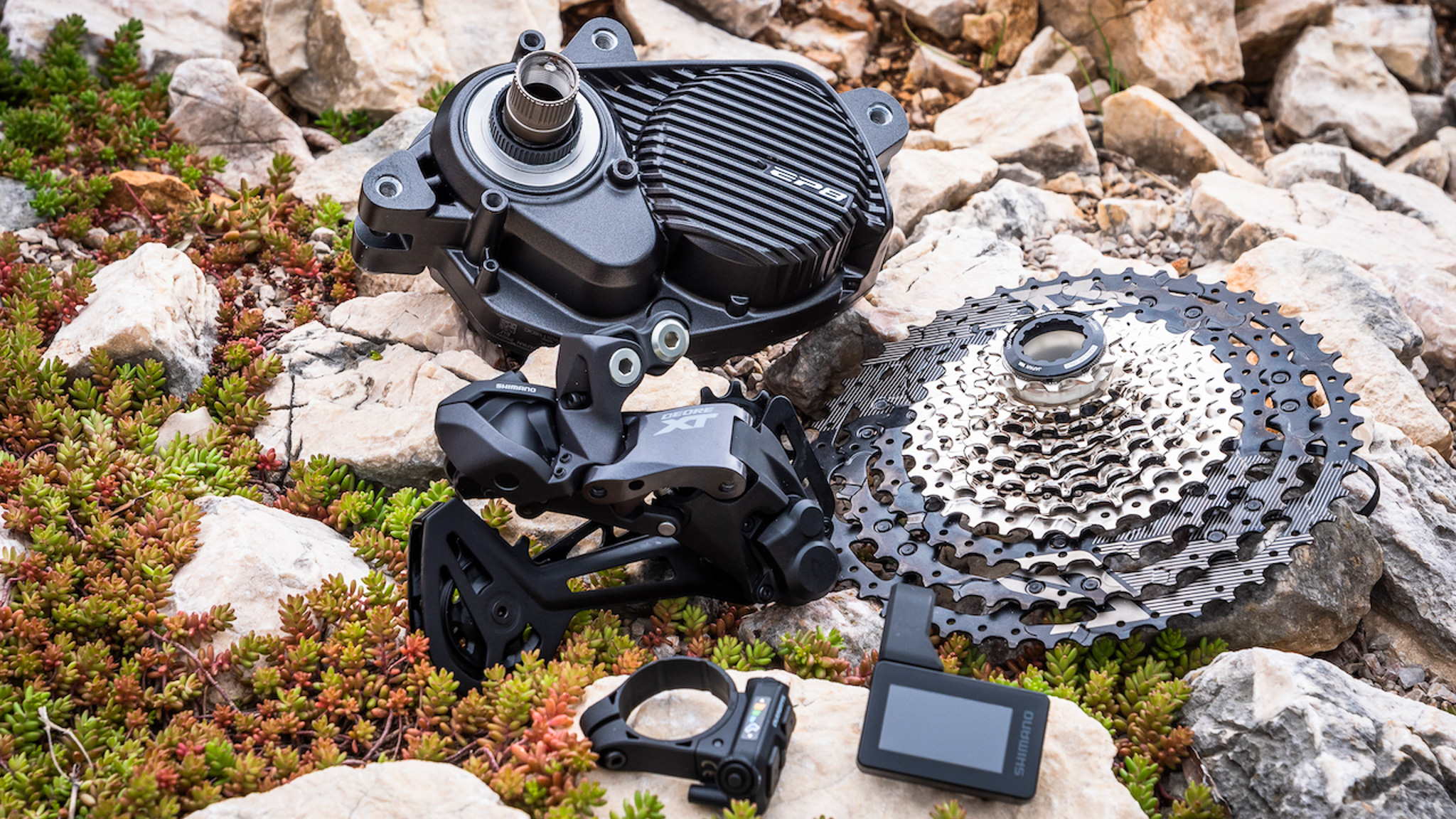
Shimano has added a new designation to its EP8 and EP6 best e-MTB motors, they’re now called EP801 and EP60. Internally there are a couple of improvements – better seals and heat management – but the big deal is they now allow riders to access Auto Shift and Free Shift shifting modes. We recently had a hands on demo and test ride to try out the new Auto Shift system.
The Auto Shift function is pretty self-explanatory – the bike will shift on its own - but Free Shift is slightly different, it allows you to make a manual gear change without pedalling. You still have to be rolling but you can have your feet level and change gear coming into a corner ready to get on the gas on the exit.
Auto Shift and Free Shift is possible because the chainring on the motor is independent of the crank spindle, so the motor can spin the chainring and change the gear regardless of whether you’re pedalling or not. And if you’re thinking that’s nuts, it is unnerving to look down and see the chainring rotating and hear the bike change gear when you’re just coasting downhill.
Setting up the system
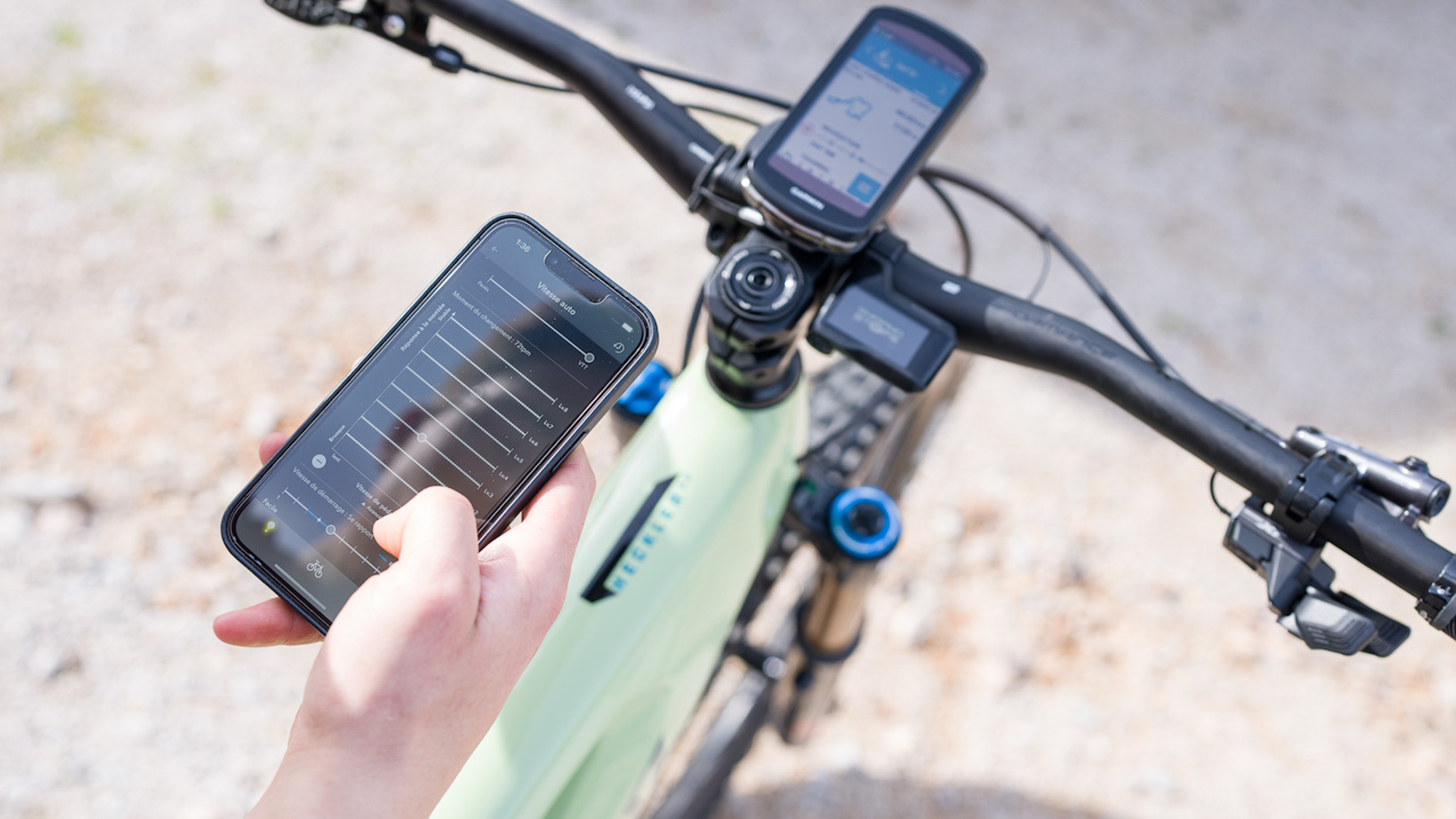
Essentially two parts make Auto Shift possible – a smart algorithm that monitors things like cadence, torque, acceleration and speed and the new 11-speed LinkGlide cassette, which we previewed just over a year ago. Using Shimano’s e-Tube app you set two initial parameters – the first being the Shift Timing, which is tunable between 50-100 rpm. So, if you like to spin more when you ride you can set this at a higher RPM and the motor will change automatically to keep you pedaling at a higher cadence. Conversely, if you like to churn harder gears you can do that too.
The second parameter is Climb Response, which is the input torque or rather the amount of force you put through the pedals. To keep it simple, Shimano does recommend starting with a Shift Timing at 72 rpm and Climb Response at 4 in the e-Tube app before dipping into the multiple options in the advanced menu.
The other cool thing about the system is it also allows you to set a start gear, so when you slow to a stop the bike will sense that and automatically shift into this default gear for when you want to pull away again. We can imagine this would be perfect for those tricky hill starts.
Users can also set two specific riding profiles. Shimano’s examples were for road and the other for dirt, but nothing is stopping configuring the system for two distinct types of off-road terrain – if it’s lumpy you may want to change more often or on flat faster terrain, you may want to keep a higher cadence. Anything is possible.
New Linkglide cassette
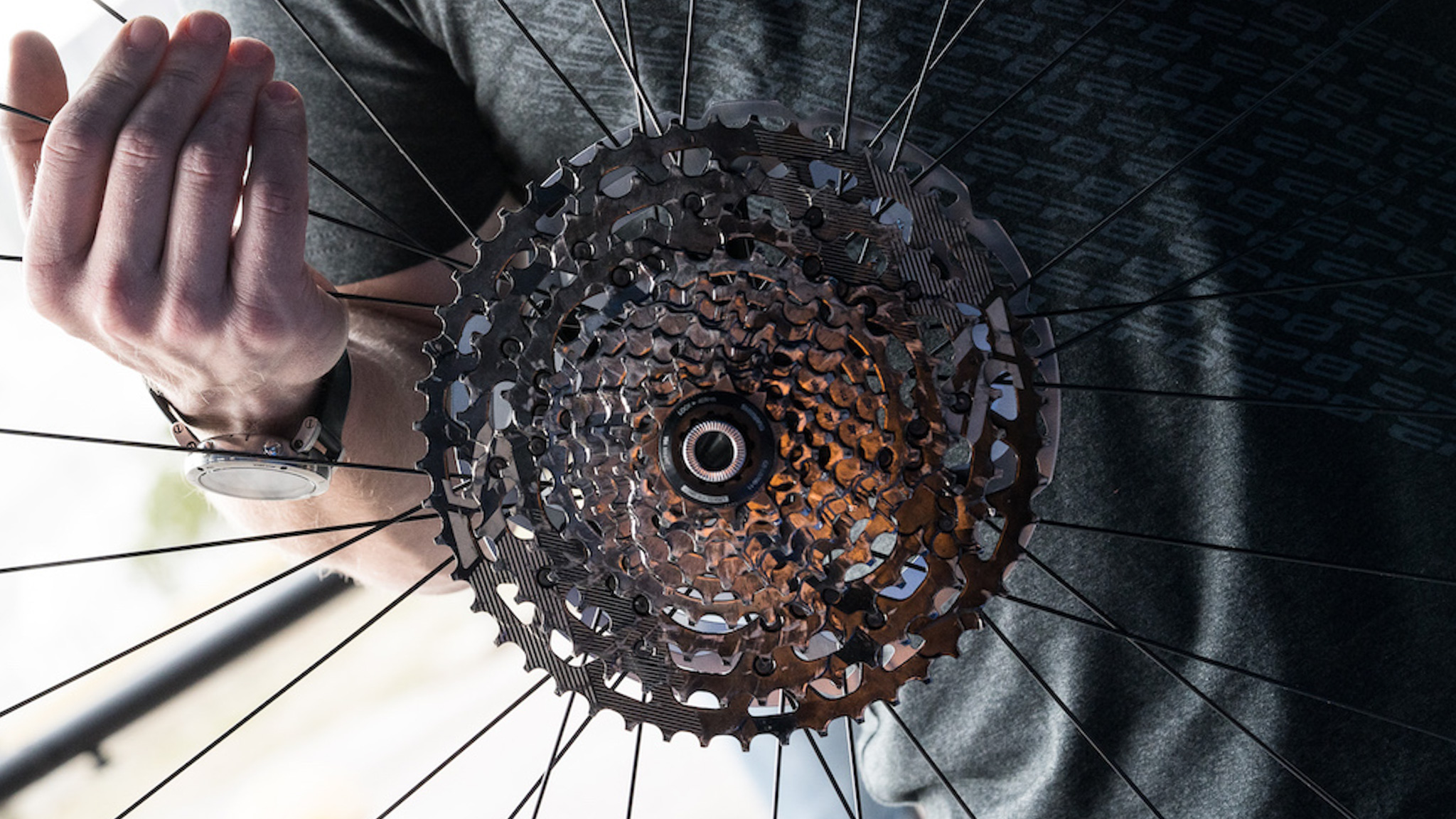
To ensure the shifts are as clean and as smooth as possible with Auto Shift, it’s designed around the new 11-speed Linkglide cassette but the first question we asked at the camp is why 11-speed? It has nothing to do with the idea that e-MTB’s only need 11 gears, but more to do with packaging. To create the smoother shift, Shimano has increased the height and width of the teeth and that means the overall dimension of the 11-speed Linkglide cassette is roughly the same as a 12-speed Hyperglide cassette. Shimano wanted the Linkglide cassette to fit on a standard splined cassette body. 12-speed would mean a new wider hub body, maybe a longer axle, and do we need another one of those?
As we mentioned previously, Shimano has also removed a number of shift gates from several of the cassette sprockets, which means the cassette isn’t as rapid-fire shifting as a Hyperglide cassette but it’s a lot smoother under load. Shimano also claims LinkGlide is over 300% more durable and when you factor in the replaceable 11, 13 and 15T cogs and cheaper overall price, it’s going to massively reduce the cost and frequency of replacement.
Free Shift and Manual operation
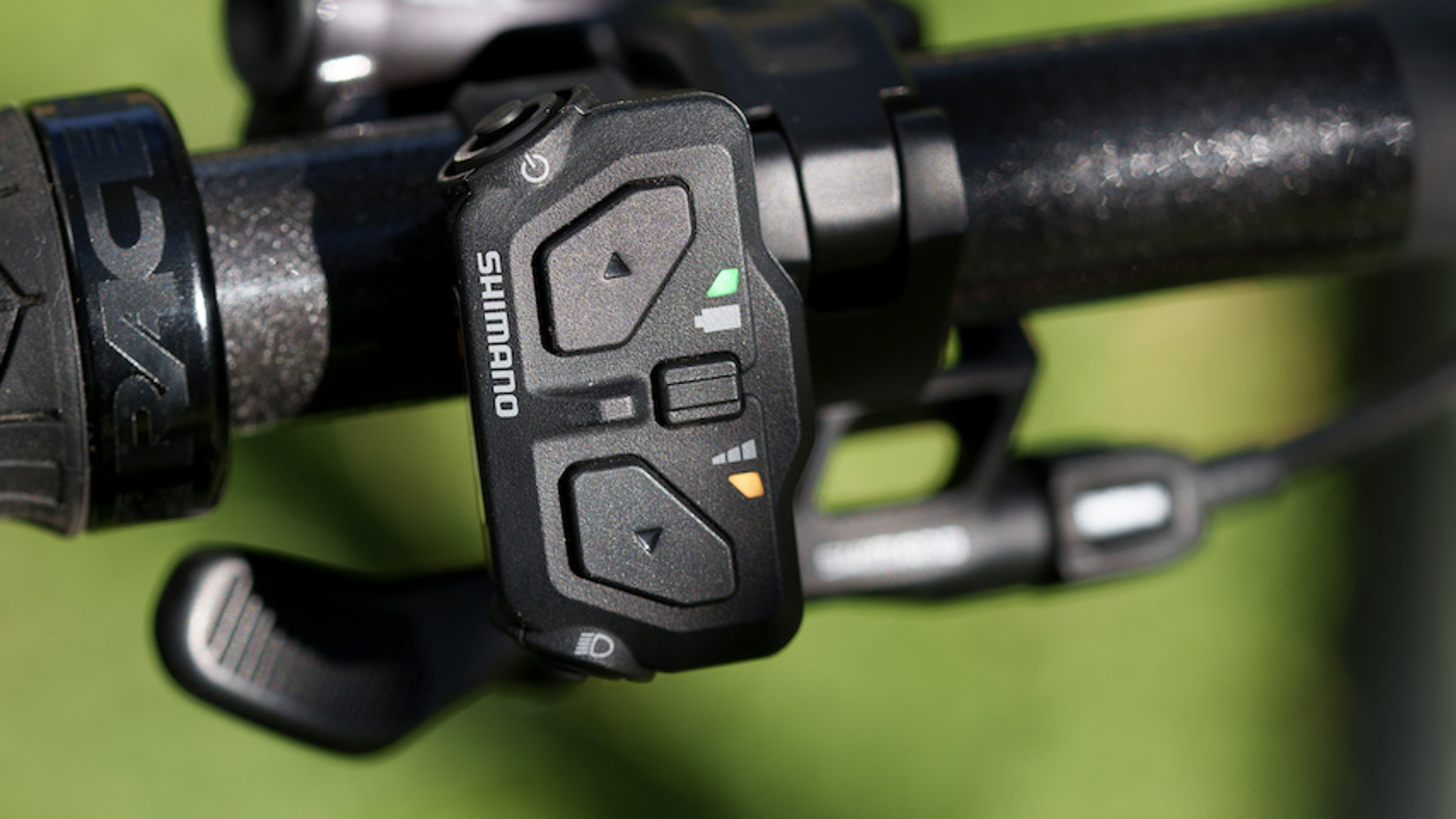
Shimano recognises Auto Shift is not for everyone or may not be something you want to use all of the time, which is why you can access Free Shift and manual options via the new Deore XT SW-M8150-R shifter. Although it’s worth pointing out that you can manually shift even in Auto Shift mode, for those times when you want to override the AI.
Free Shift means you can shift and change gears without pedaling. The bike does need to be moving but how many times have you come into a steep climb and had to rush, the result being you’ve crunched a gear. That’s bad for the drivetrain, it can snap a chain, kill momentum and if you muck it up you can be off and walking.
So how does the system ride?
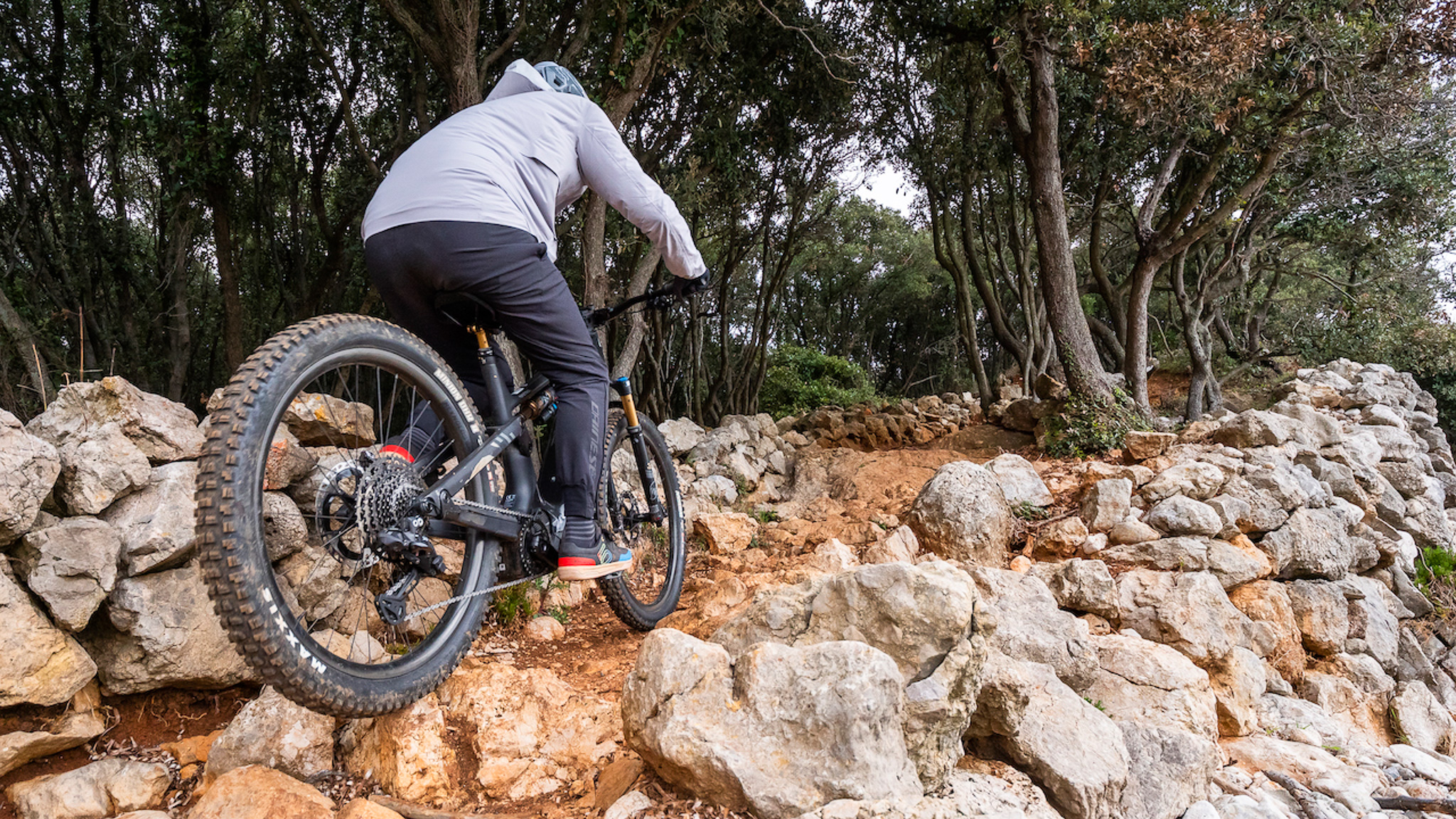
We only spent around 10 hours on the new system, but we think experienced riders are going to take longer to get used to Auto Shift because it’s built into our riding DNA that when changing gear it’s best when you have the least amount of tension on the chain. With Auto Shift, the chain and pedals are decoupled during the shift phase, so that tension is reduced, meaning you don’t have to soft-pedal or stall while you change gear, you can just ride hard into a climb now and the EP801 takes care of the shift for you.
Although the shift is incredibly smooth, there were times when we were pedaling, and the bike was trying to shift at the same time. That caused it to be a little clunky but not as bad as when you drop a bad shift. There were also some specific situations where the bike would shift when we didn’t want it to. On one of the test trails, there was a short steep incline and the usual technique, even on an e-MTB, is to put in a couple of hard cranks to boost up this incline. However, Auto Shift detected this increase in cadence/force and changed into a harder gear, which meant we then lost all of our speed. The system did detect that and eventually shifted up into an easier gear again but a lot was going on in a short period.
Also rolling over a crest into a descent the motor would often take a split second longer to shift up, it’s almost like you are waiting for the bike to catch up. However, in both of these situations, you can override the AI and manual shift if you want.
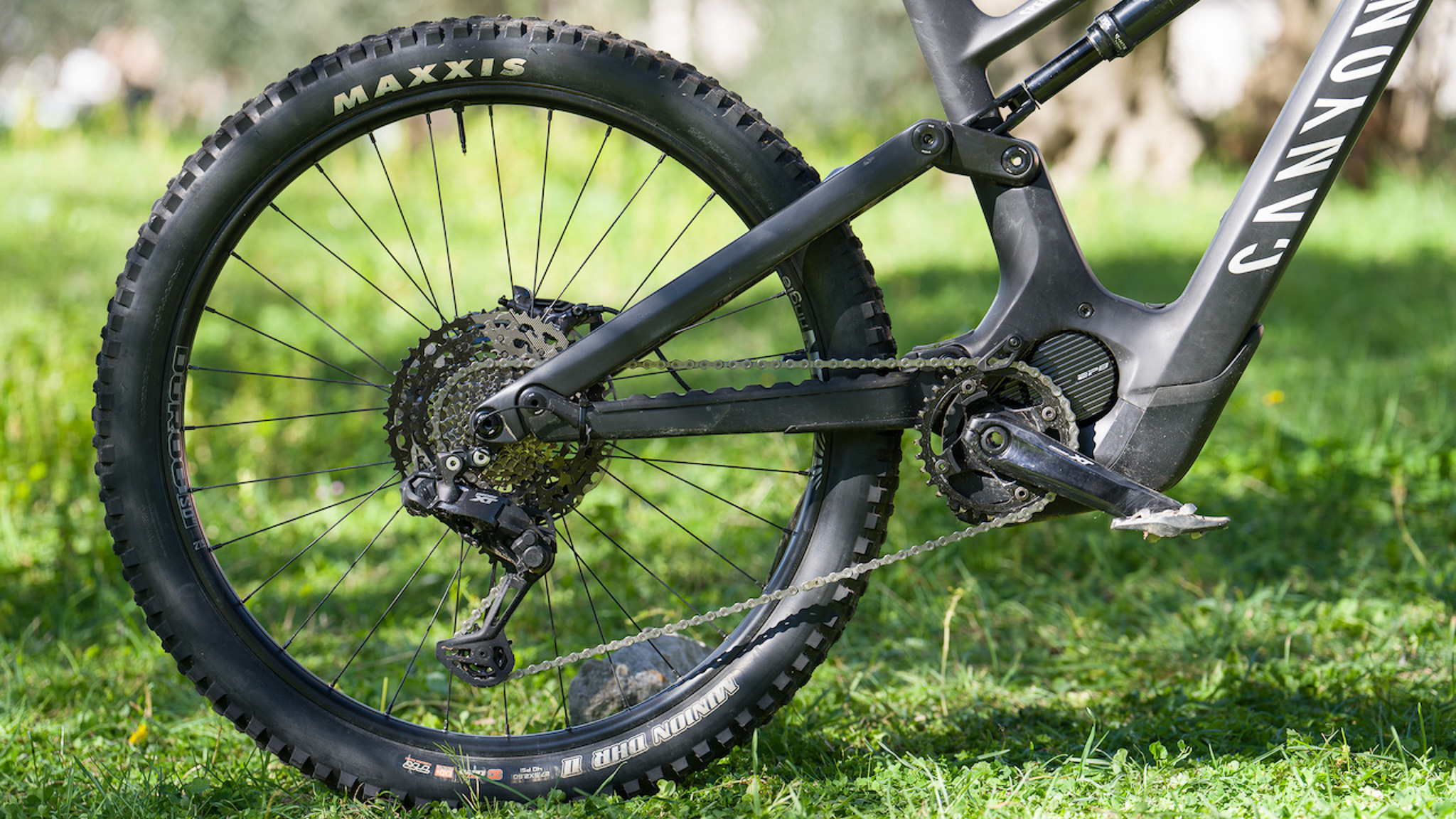
The oddest thing with the system is actually when you’re hitting a set of jumps. On one jump the system changed gear as we were cruising up the lip and while it didn’t affect the bike at all, it was still pretty disconcerting.
Where Auto Shift comes into its own though is on rolling terrain. The sort of stuff where you’re putting in multiple shifts and have to be quite mindful of when and where you have room to sneak in a crank revolution. With Auto Shift, the computer does all that for you, regardless of whether you have the time or not. And it doesn’t hold back, if it thinks you’re struggling or starting to spin out it will change gear. Interestingly the actual speed of the shift is at a constant rate regardless of whether you’re climbing or descending but according to Shimano it has to be this way otherwise, the bike would be driving the bike forward.
Generally, we found Auto Shift works best if you’re slightly more aggressive because the bike will just sense when you’re starting to slow and change into an easier gear. Traction was pretty consistent, and there was very little wheelspin but in the factory setting, it does feel like you’re always in a slightly harder gear.
Is this the end?
Does Auto Shift herald the arrival of a fully automated mountain bike or are we dumbing down riding, so that we are more passengers than the pilot?
In theory, less experienced riders are going to benefit from Auto Shift because it eliminates one of the most complicated and error-prone parts of riding - when to change gears. However, even if you’ve been around the block a few times, Auto Shift does bring something new to the table. There are times when you don’t have the time to change gears but with Auto Shift, you don’t have to look down at your gears and can just focus on the terrain ahead.
Shimano could have easily made Auto Shift mandatory, but you are free to choose, and you could easily do rides where you switch between auto and manual modes in the same way you switch between trail and boost.
It's certainly an interesting development for e-MTB and the Auto Shift system will suit some riders but it's maybe not for everyone. Will it catch on? Time will tell. For more information on Auto Shift check out Shimano.com.
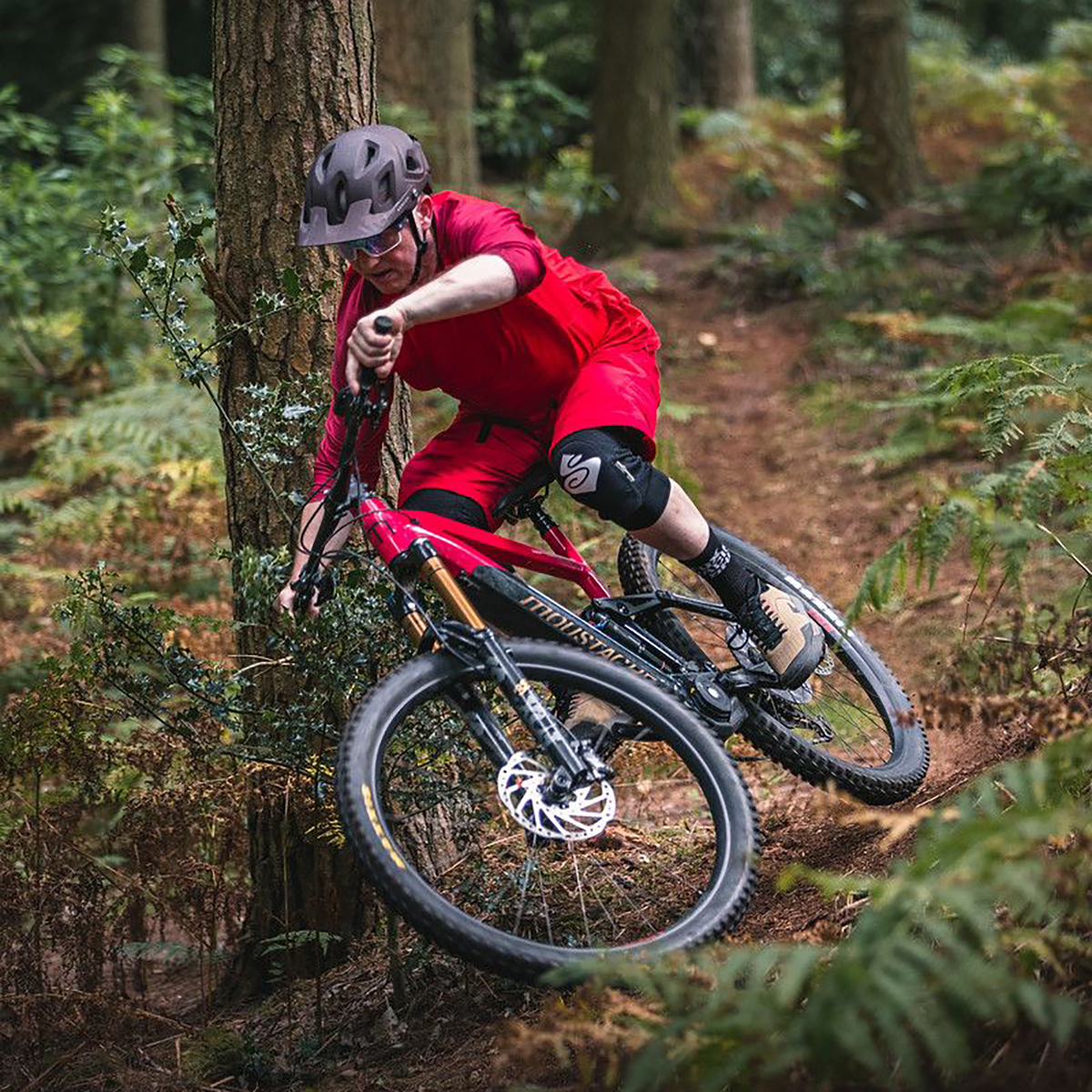
Paul has been testing mountain bikes and products for the best part of 30 years, he’s passed comment on thousands of components and bikes, from the very first 29ers and dropper posts to latest e-MTBs and electronic drivetrains. He first put pen to paper for Mountain Bike International magazine but then contributed to What Mountain Bike, Cycling Today and Cycling Weekly magazines before a 20 year stint at MBR magazine. An ex-elite level XC racer, he’s broken more bones than records but is now sustained on a diet of trail building, skills coaching and e-bike trail shredding.
